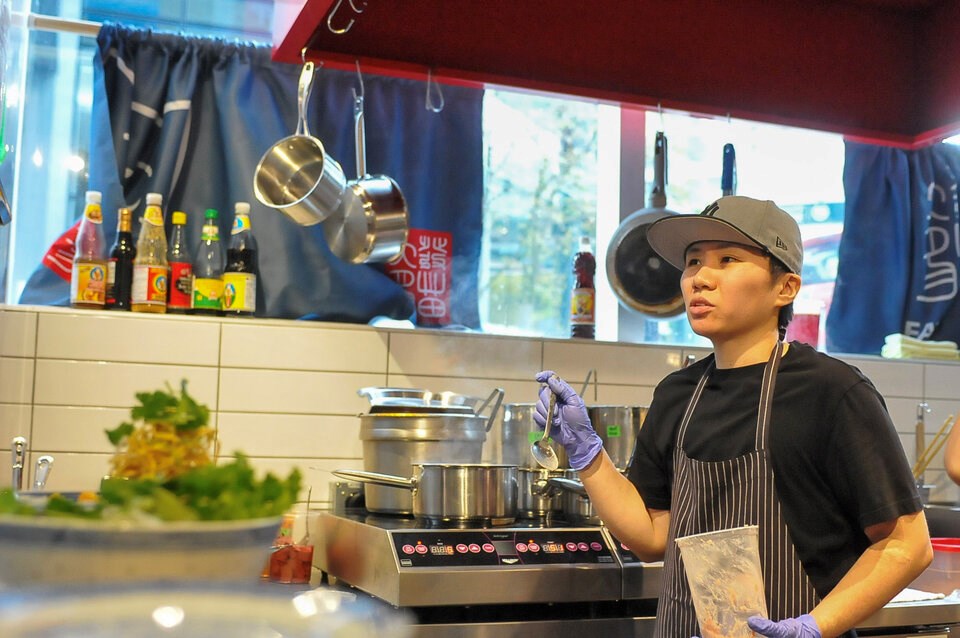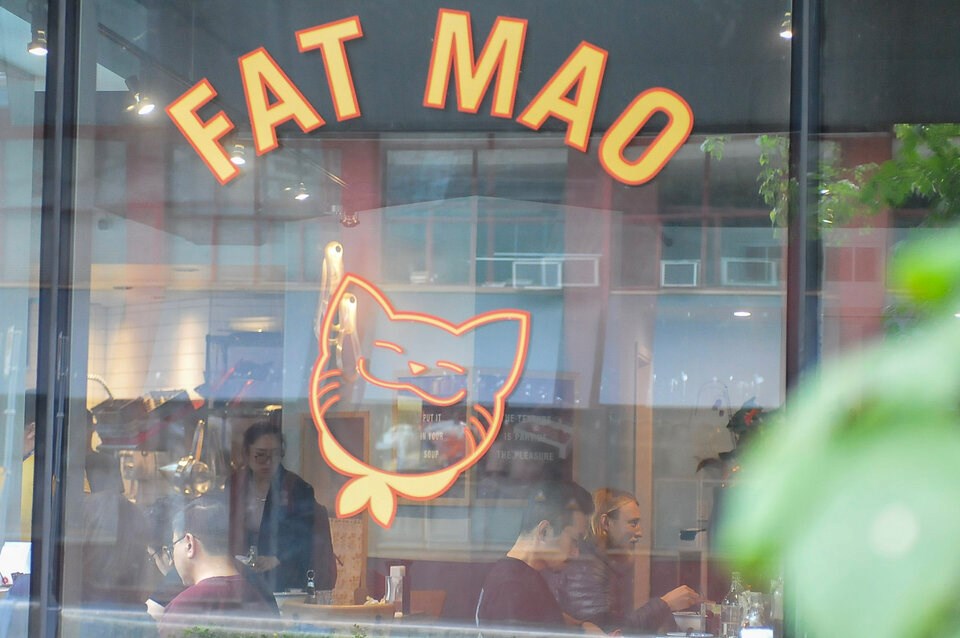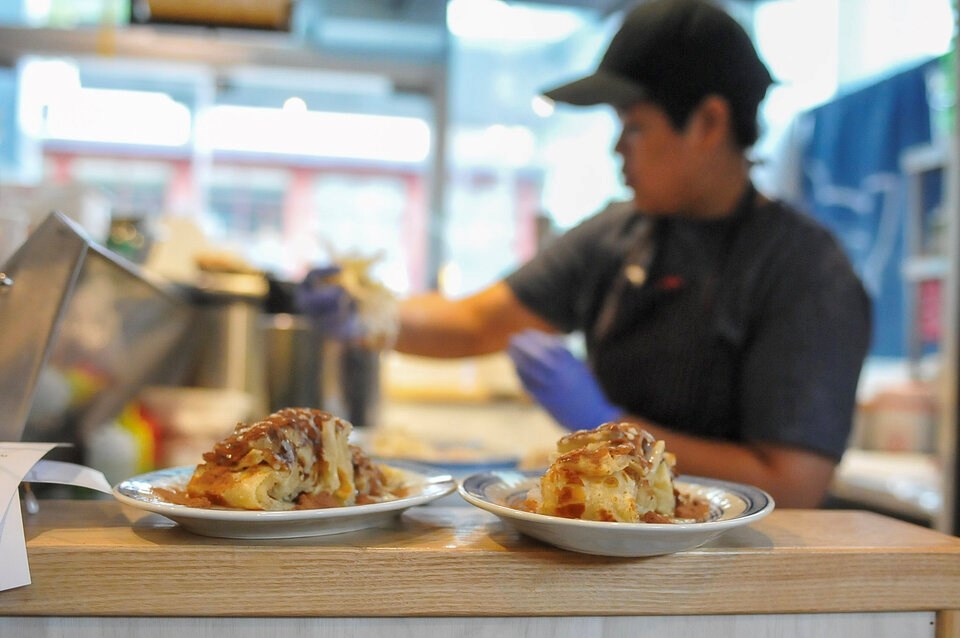B.C. restaurants lead green transition in cooking
Some are hailing the rise of induction stoves as a new era in climate-friendly cooking. But for others, retrofitting commercial kitchens with the new technology is still too expensive.
Inside a glass-walled noodle house, the bustle of Vancouver’s lunch crowd is thrown out of focus by the clouds of steam coming off a new stove.
Throughout much of human history, cooking has often been synonymous with fire. With the rise of modern commercial kitchens, that fire has nearly always come from a single source — methane or natural gas.
But here in Canada’s third-largest city, Thai-inspired Fat Mao Noodles has turned away from gas-kindled ranges in favour of electric induction stoves, an increasingly popular low-carbon alternative.
“It’s fast. It’s hot. It’s safe,” said Nisarat Traitrongsat, as she dunked two baskets of thick noodles into a roiling broth.
“It boils in three minutes.”

The chef originally hails from Bangkok, Thailand, but has spent the past year and a half working for Chef Angus An — a restaurateur who runs seven locations across the region, including the Michelin-recommended Maenam in Vancouver’s Kitsilano neighbourhood, Longtail Kitchen in New Westminster, and Mekong in Whistler.
Trained at the French Culinary Institute in New York, An staged at a number of Michelin-starred restaurants before returning to Vancouver in 2006. He has been among the early adopters of a farm-to-table model, incorporating his own community garden, local produce and sustainable seafood into his menus.
But when he opened up two Fat Mao locations in recent years — one off Helmcken Street and another in Chinatown — An was forced to embrace a new kind of cooking.

In 2015, the Chinatown location where An wanted to open a noodle house didn’t allow for type-one venting, grease hoods that capture the aerosolized chemical residues that burn off woks, fryers and anything else on an open-flame gas stove.
“I’ll be honest, we didn’t really do it for climate reasons,” he said. “It was because of necessity.”
That necessity carried over to the second Fat Mao location, which opened in 2022, and also now runs on 100 per cent induction stoves.
An says the induction ranges he works with cook at more than 90 per cent efficiency, meaning 90 per cent of the energy put into the appliance is used to cook food. That’s more than double the efficiency of a standard gas stove.
“Nowadays, technology has gotten so much better,” An said. “It’s faster than gas and it’s more efficient.”
“Power-wise, there’s never a difference.”
‘Very consistent, very precise’
Unlike cooking through thermal conduction — such as a flame or electric heating element — induction ranges achieve efficiency by running an alternating current through a coil of copper wire placed below the stove’s glass or ceramic surface.
When a pot or pan with the right amount of iron is placed on top, the vessel is repeatedly magnetized like the core of a transformer. The result: the food inside is heated while everything else remains cool to touch.
The technology has worked especially well for the two noodle houses, where chefs braise meats and boil soup stocks at consistent temperatures for hours on end.
“I can tell a cook to leave it at 50 per cent power and that’ll be 50 per cent power every single day. It’s very consistent, very precise,” An said.

There are some drawbacks to induction cooking. All the cookware has to have the right metal concentrations to achieve the electromagnetic effect.
Tossing a pan or lifting a wok from a stove’s surface is another challenge, as every time the cookware is removed from the surface, it stops cooking.
“There are technologies that are getting better where you can take your pan off maybe half an inch and it’ll still work,” An said. “But half an inch is not easy to move.”
The chef added: “The distance is still not quite there yet, in my opinion.”
Another barrier is cost. An saved money by buying induction ranges at his two noodle houses because instead of buying a grease ventilation system, he only needed to install a steam hood that costs tens of thousands of dollars less.
On the other hand, he said, the ranges…
Read More: B.C. restaurants lead green transition in cooking

